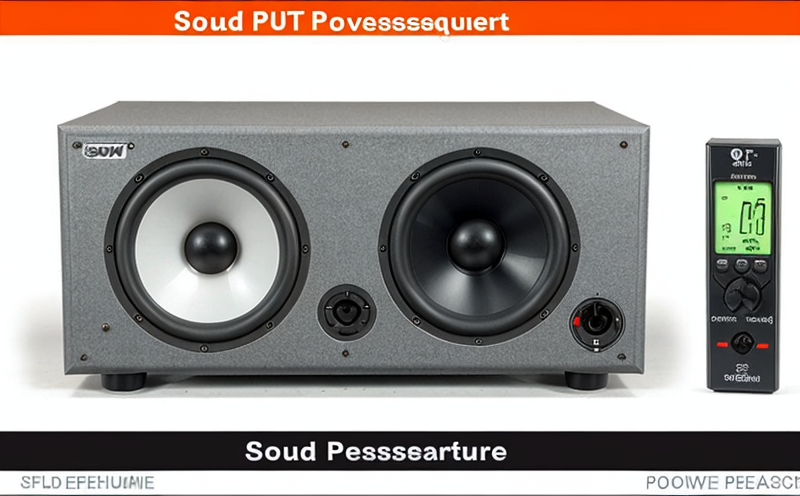ISO 6393 Sound Power Measurement of Earthmoving Machinery
The ISO 6393 standard provides a comprehensive approach to measuring sound power levels in earthmoving machinery. This service is essential for ensuring that equipment meets stringent noise control regulations and contributes to a quieter, safer work environment. Compliance with this standard helps manufacturers demonstrate their commitment to environmental responsibility.
Earthmoving machinery generates significant noise during operation, which can have adverse effects on operators and the surrounding community. By adhering to ISO 6393, companies can minimize these impacts and maintain a competitive edge in the global market. The standard covers all aspects of sound power measurement, including instrument calibration, test procedures, and reporting.
Compliance with this standard is not only important for regulatory reasons but also for brand reputation. Consumers increasingly demand environmentally friendly products, and being able to showcase adherence to international standards can significantly enhance a company's image. Additionally, the data generated from ISO 6393 testing can inform ongoing product development efforts, leading to quieter machines that are more efficient and safer.
The process of measuring sound power involves several critical steps. First, the equipment under test must be prepared according to specific guidelines provided in the standard. This includes ensuring that all components are functional and that any necessary adjustments have been made. The test chamber used for these measurements should also meet the requirements outlined in ISO 6393.
Once preparation is complete, the actual measurement process begins. This typically involves placing the machine inside a sound-insulated room equipped with appropriate instrumentation to capture sound levels accurately. Careful attention must be paid to positioning and orientation of the equipment within the chamber to ensure accurate readings. After collecting initial data points, further analysis may involve varying parameters such as load conditions or operating speed.
After completing all necessary measurements, detailed reports are generated summarizing findings. These documents should include raw data along with interpretations based on established criteria provided in ISO 6393. They serve multiple purposes – they inform internal quality control processes; provide valuable insights for research and development teams working towards quieter models; assist in meeting regulatory requirements; and offer transparency to customers about product performance.
In summary, compliance with ISO 6393 ensures that earthmoving machinery adheres to strict noise limits set forth by international standards. This service not only helps manufacturers stay ahead of evolving regulations but also fosters innovation through continuous improvement initiatives aimed at reducing sound emissions from equipment.
Why It Matters
The ISO 6393 standard is crucial for several reasons. Firstly, it sets a benchmark for measuring the noise produced by earthmoving machinery, ensuring consistency across different manufacturers and models. This uniformity is vital for fair comparison between products and helps buyers make informed decisions.
Secondly, compliance with this standard demonstrates a company’s dedication to sustainability practices. By reducing noise levels, firms contribute positively to both occupational health and environmental conservation efforts. Lower decibel counts mean fewer complaints from nearby communities, potentially leading to improved relationships with local authorities and stakeholders.
Thirdly, adherence to ISO 6393 can translate into operational benefits for users of the equipment. Quieter machines are often more comfortable for operators, reducing stress and enhancing overall productivity. Furthermore, quieter machinery tends to attract positive press coverage and investor interest due to its alignment with broader societal trends favoring eco-friendly technologies.
Lastly, there’s an economic advantage associated with ISO 6393 compliance. As regulations become stricter globally regarding noise pollution from construction sites, being ahead of the curve can position a business as a leader in this space, potentially opening up new markets or enhancing existing ones. It also reduces risks related to non-compliance penalties imposed by authorities.
Competitive Advantage and Market Impact
In today’s competitive landscape, showcasing compliance with international standards like ISO can be a decisive factor in gaining market share. For earthmoving machinery manufacturers, demonstrating adherence to ISO 6393 not only enhances reputation but also opens doors to lucrative contracts from governments and large corporations worldwide.
Compliance with this standard signals to potential customers that the manufacturer prioritizes safety and environmental responsibility above all else. This perception is particularly important given the growing awareness among consumers about sustainable practices across industries. Companies who lead in this area tend to see increased demand for their products, whether they are selling directly to end-users or through distributors.
Moreover, ISO 6393 compliance can help mitigate potential legal risks associated with noise complaints from employees and neighbors of construction sites. With clear evidence that the machinery meets stringent noise control standards, firms reduce the likelihood of costly lawsuits or fines. This peace of mind allows them to focus more on innovation rather than constantly defending against litigation.
For R&D teams within these companies, ISO 6393 provides a roadmap for continuous improvement. The detailed procedures outlined in the standard offer valuable guidance on how to design quieter equipment without compromising functionality or durability. This knowledge can be leveraged to develop new products that not only meet current standards but anticipate future ones as well.
Finally, ISO 6393 compliance offers a tangible way for companies to contribute positively to society. By reducing noise pollution from earthmoving machinery, they help create safer working environments and reduce stress among both workers and community members living near construction sites. Such initiatives resonate well with environmentally conscious consumers who increasingly seek out responsible brands.
Use Cases and Application Examples
Manufacturers of earthmoving equipment use ISO 6393 to verify compliance with local noise regulations before releasing new models into the market.
R&D teams leverage this standard during product development phases to identify areas for improvement in terms of sound reduction features.
Procurement departments may request ISO 6393 certification as part of their supplier evaluation processes, ensuring they only source products that meet high standards.
Construction companies opt for this service when procuring machinery to ensure compliance with corporate sustainability goals and improve worker satisfaction.





